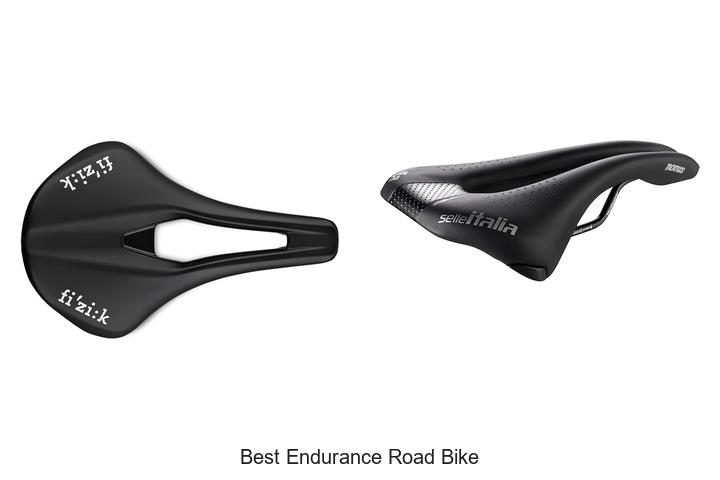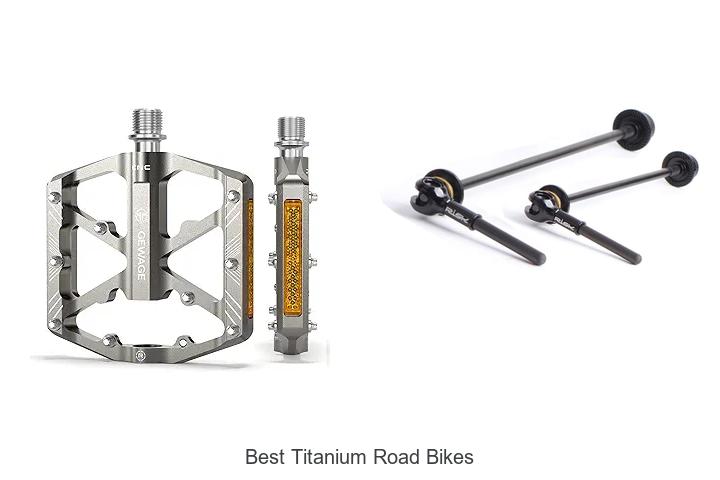How to Change a Road Bike Tire: Easy Step-by-Step Guide
Changing a road bike tire might seem tricky at first but once you know the steps it becomes a simple and quick fix. Whether you’re dealing with a flat tire during a ride or just need to swap out old tires, mastering this skill keeps you rolling without delays.
You don’t need fancy tools or a mechanic to get the job done. With a little practice and the right technique, you can confidently handle tire changes on your own. This guide will walk you through the essential steps so you’re prepared for any tire trouble on the road.
Tools and Materials Needed for Changing a Road Bike Tire
You need specific tools and materials to change a road bike tire efficiently. Preparing these items beforehand simplifies the process and reduces delays during your ride.
Essential Tools
- Tire levers: You need at least two sturdy tire levers to pry the tire bead off the rim without damaging it.
- Mini pump or CO2 inflator: You need a reliable source to inflate the tire once installed; a mini pump offers control, while a CO2 inflator provides quick inflation.
- Spare tube: You must carry a compatible spare tube matching your tire’s size and valve type, ready for replacement.
- Patch kit: You should have a patch kit for emergency repairs if you decide to patch a punctured tube instead of replacing it.
- Multi-tool: You want a bike multi-tool with hex wrenches for removing the wheel if necessary, especially on bikes without quick-release skewers.
Optional Accessories for Convenience
- Gloves: You might use gloves to keep your hands clean and avoid cuts while handling the tire and tools.
- Wet wipes or a rag: You can carry wipes or a rag to clean dirt or grease from the rim and your hands.
- Pump pressure gauge: You could use a pressure gauge to ensure correct tire inflation, which enhances performance and reduces flats.
- Portable tire boot: You may want a tire boot for larger cuts in the tire casing, which prevents the tube from bulging through until you can replace the tire.
Preparing to Change a Road Bike Tire
Proper preparation speeds up the tire-changing process and prevents further damage. Focus on removing the wheel carefully and inspecting components before replacing the tire.
Removing the Wheel from the Bike
Start by shifting your bike to the smallest chainring and cog to ease wheel removal. Release the brake calipers if necessary, using quick-release levers or undoing bolt tension. Open the quick-release lever or use a wrench to loosen axle nuts. Lift the wheel out smoothly, supporting the bike frame or fork to avoid damage. Keep the wheel stable on a flat surface for the next steps.
Inspecting the Tire and Tube
Check the tire thoroughly for cuts, embedded debris, or worn areas that caused the puncture. Run your fingers along both tire edges and the tread. Remove any thorns, glass, or sharp objects you find. Examine the tube for obvious punctures, tears, or valve stem damage. Inflate the tube slightly if the leak isn’t visible to help locate holes by listening or feeling for escaping air. Replace any damaged parts to avoid repeated flats.
Step-by-Step Guide on How to Change a Road Bike Tire
Follow each step carefully to change your road bike tire efficiently. Preparing and replacing tires properly ensures safe and smooth rides.
Deflating and Removing the Old Tire
Start by fully deflating the inner tube. Press the valve to release any remaining air. Use tire levers to pry the tire bead off the rim, inserting one lever under the bead and hooking it onto a spoke. Work a second lever 2 to 3 inches away, sliding it around the rim until one side of the tire is free. Pull the tire and tube off the rim completely.
Inspecting and Replacing the Inner Tube
Check the removed tube for punctures or damage by inflating it slightly and listening or feeling for escaping air. Find and mark any holes if patching. Replace the tube if it’s torn or worn beyond repair. Position the new or patched tube inside the tire, aligning the valve securely with the rim hole.
Installing the New or Repaired Tire
Place one side of the tire back onto the rim. Insert the inner tube valve through the rim hole, then tuck the tube evenly inside the tire. Starting opposite the valve, use your hands to push the tire bead onto the rim, finishing near the valve without pinching the tube. Inflate the tire gradually, checking that the bead seats evenly on the rim and the tube isn’t caught. Inflate to the recommended pressure listed on the tire sidewall.
Tips for Proper Tire Installation
Proper tire installation ensures safety and performance during your rides. Follow these guidelines to secure your tire correctly and avoid common issues.
Checking Tire Pressure
Check tire pressure immediately after installing the tube and seating the tire. Use a reliable pump with a pressure gauge to inflate the tire gradually. Inflate the tire to the recommended pressure range printed on the tire sidewall, typically between 80 and 130 psi for road bikes. Underinflation causes poor handling and pinch flats, while overinflation increases the risk of blowouts. Stop inflating once the tire beads sit firmly against the rim with no bulges or gaps.
Ensuring Proper Alignment and Seating
Align the tire bead evenly around the rim before inflating. Start by positioning the valve straight and seating the tire bead into the rim well all the way around, checking both sides. Rotate the tire slowly while applying even pressure on the bead to avoid any wobbles or pinched sections. Confirm that the tire sits flush against the rim, with no part sitting above or below the rim edge. Proper seating prevents uneven wear and improves ride stability. If the tire looks uneven, deflate slightly and adjust the bead alignment before reinflating.
Common Mistakes to Avoid When Changing a Road Bike Tire
- Neglecting to fully deflate the tube. Always remove all air before levering the tire off. Partial deflation makes prying the tire harder and risks pinching or damaging the tube.
- Using tire levers improperly. Insert levers carefully to avoid scratching or damaging the rim. Levering too forcefully or at the wrong angle can ruin the rim strip or bead.
- Forgetting to inspect the tire and rim. Always check both for embedded debris, sharp objects, or wear before installing a new tube. Skipping this lets puncture-causing hazards remain.
- Pinching the tube during installation. Position the tube evenly inside the tire without folds or twists. Push the tube bead fully into the rim bed before seating the tire bead to avoid pinching.
- Over- or under-inflating the tire. Inflate within the recommended 80 to 130 psi range. Too low pressure causes poor handling and pinch flats, while overinflation risks blowouts.
- Failing to seat the tire bead evenly. Rotate and inspect the tire around the rim to ensure uniform seating. Uneven beads can cause wobbles, uneven wear, or sudden tire failure.
- Skipping brake caliper readjustments when reinstalling the wheel. Check brake clearances and re-engage brakes properly to avoid rim rubbing or insufficient stopping power after wheel reattachment.
Avoiding these common errors creates a smoother, safer tire change process and reduces the likelihood of future flats or mechanical issues on your road bike.
Conclusion
Changing a road bike tire is a skill that quickly becomes second nature once you get the hang of it. Having the right tools and knowing the correct steps gives you the confidence to handle flats or tire replacements without stress.
By avoiding common mistakes and paying attention to proper tire seating and inflation, you’ll keep your bike running smoothly and safely. With practice, you’ll save time and stay prepared for any ride, no matter what surprises the road throws your way.
Frequently Asked Questions
How often should I change my road bike tire?
You should change your road bike tire when you notice significant wear, cuts, or frequent flats. Typically, tires last between 1,000 to 3,000 miles, but this varies based on terrain and riding style.
What tools do I need to change a road bike tire?
Essential tools include tire levers, a mini pump or CO2 inflator, a spare inner tube, a patch kit, and a multi-tool. Optional items like gloves and wet wipes can also help.
Can I change a road bike tire without a mechanic?
Yes, you can. With practice and the right tools, changing a road bike tire is straightforward and doesn’t require professional help.
How do I remove the wheel properly before changing the tire?
Shift to the smallest chainring and cog, release the brakes if needed, open the quick-release or loosen axle nuts, then gently remove the wheel.
What should I check before installing a new tire?
Inspect the tire for cuts or debris and check the inner tube for punctures. Replace damaged parts to avoid future flats.
How do I avoid pinching the inner tube when installing a tire?
Carefully position the inner tube inside the tire, avoid twisting it, and ensure it isn’t caught between the tire bead and rim before inflating.
What is the correct tire pressure for road bikes?
Typically, road bike tires should be inflated between 80 to 130 psi. Check the tire sidewall for manufacturer recommendations.
What common mistakes should I avoid when changing a tire?
Avoid underinflating or overinflating, pinching the tube, improper use of tire levers, neglecting to fully deflate the tire, and failing to seat the tire bead evenly.
How do I seat a tire bead properly?
After placing the tire on the rim, make sure the bead is evenly seated all around. If uneven, deflate slightly, adjust the bead, then reinflate carefully.
What should I do if I find a puncture in my inner tube?
If the puncture is small and accessible, use a patch kit to repair it. Otherwise, replace the inner tube with a new one for best reliability.




